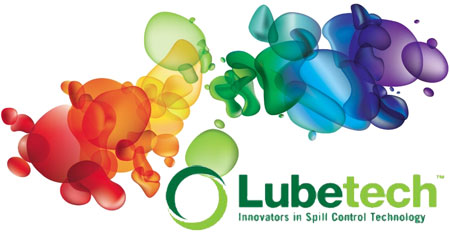It is an unfortunate fact that oil, chemical and fuel spills are an all too common feature of certain industries. Suffice to say, it is vital that companies involved in these industry sectors have the means to deal with spillages of this kind promptly and effectively as failing to do so could result in them causing environmental damage, incurring hefty fines and earning a poor reputation. When it comes to controlling, containing and clearing up spillages, few measures are as immediately effective and efficient as absorbents. Without doubt, having absorbent products close to hand that have been specially designed to mitigate the effects of a particular type of fluid spill is definitely the best way to deal with situations of this kind.
Types of absorbent products
There are many different types of absorbent products available on the market these days. Below is a brief overview of some of the most effective:
Socks
Socks are versatile absorbent products which can be easily coiled around leaking machinery to help contain/absorb dripping fluid. Moreover, socks can be used to form a ring around leaks that have had time to become established, acting as a type of absorbent blocking barrier to effectively contain the spill.
Pads & rolls
The versatile nature of pads and rolls makes them good solutions for a wide range of spill-related scenarios. Indeed, these items can be used for everything from wiping down dirty surfaces and absorbing fluid contained within a sock to catching oily drops falling on walkways and acting as a handy tool matts. Most rolls nowadays come in handy ‘rip-to-fit’ forms as this is normally more cost-effective than the old ‘set-sized’ pads of yesteryear.
Drum toppers
These are basically pads that have been cut into the shape of the top side of an oil drum. A drum topper is a very effective (if specific) spill control measure as it helps to prevent spillage from the source of the leak, rather than allow it to drip down the side of a barrel and onto a pad placed on the floor.
Booms
Booms are essentially floating barriers which are most commonly used to restrict the spread of oil on water. As well as being enclosed in a strong outer netting to achieve greater durability, most modern boom products are equipped with hooks and rings so that they can be linked together as a collective, thereby affording the capability to create a boom chain of any length required. The design of these hooks (they are inset from the end of the boom) is such that they are able to achieve an overlap, a function which can help to provide extra oil-defence barrier capabilities.
Why this is important for companies
As well as adhering to Health and Safety regulations, having effective absorbency measures in place is important for companies as it can help them to comply with The Control of Pollution (Oil Storage)(England) Regulations 2001; ISO 14001; Water Resources Regulations; Integrated Pollution Prevention and Control (IPPC), and Considerate Constructors guidelines.
About the author – Bo Heamyan is a health conscious writer who, as well as blogging regularly about occupational health and safety, extols the virtues of preventing and managing potentially devastating spillages for a number of leading websites, including www.lubetech.co.uk.



